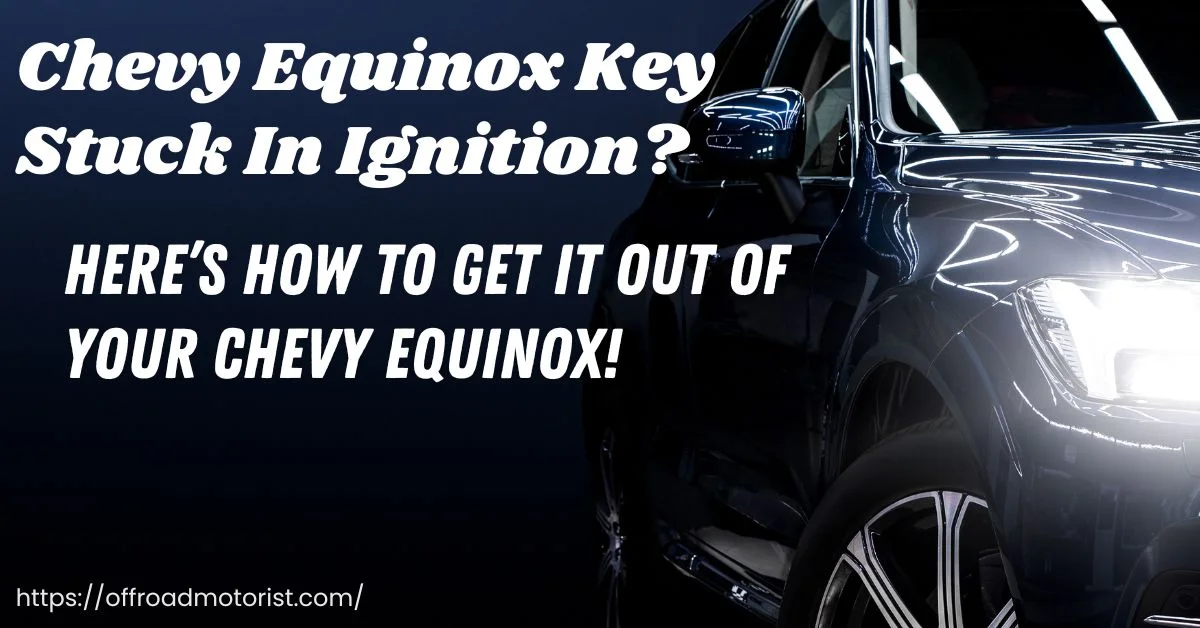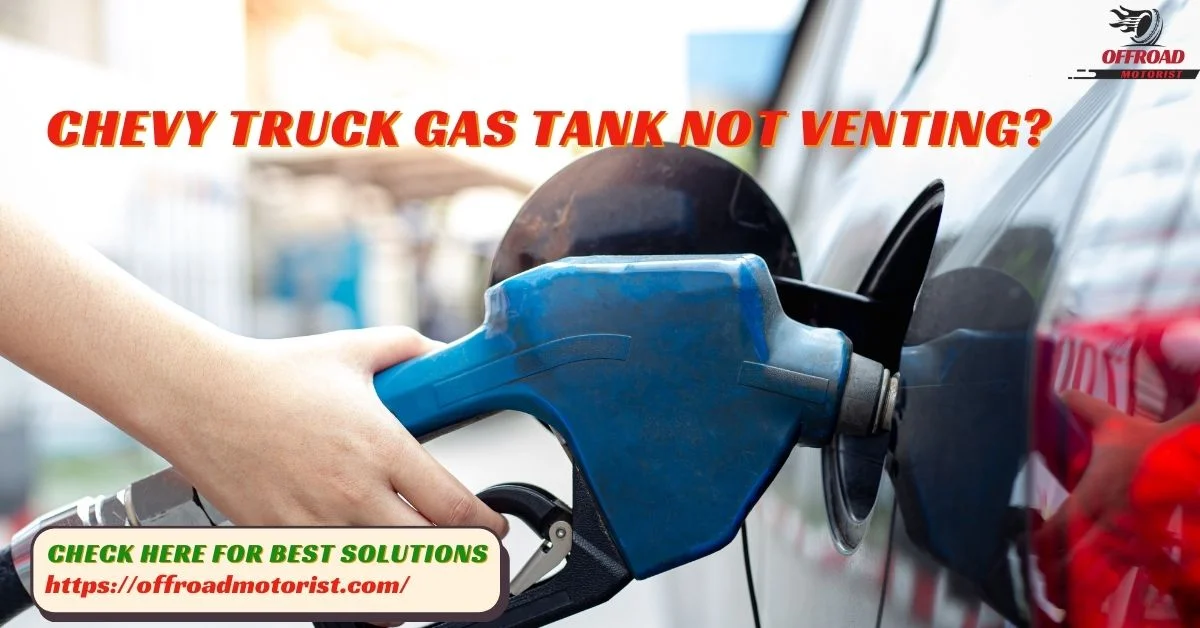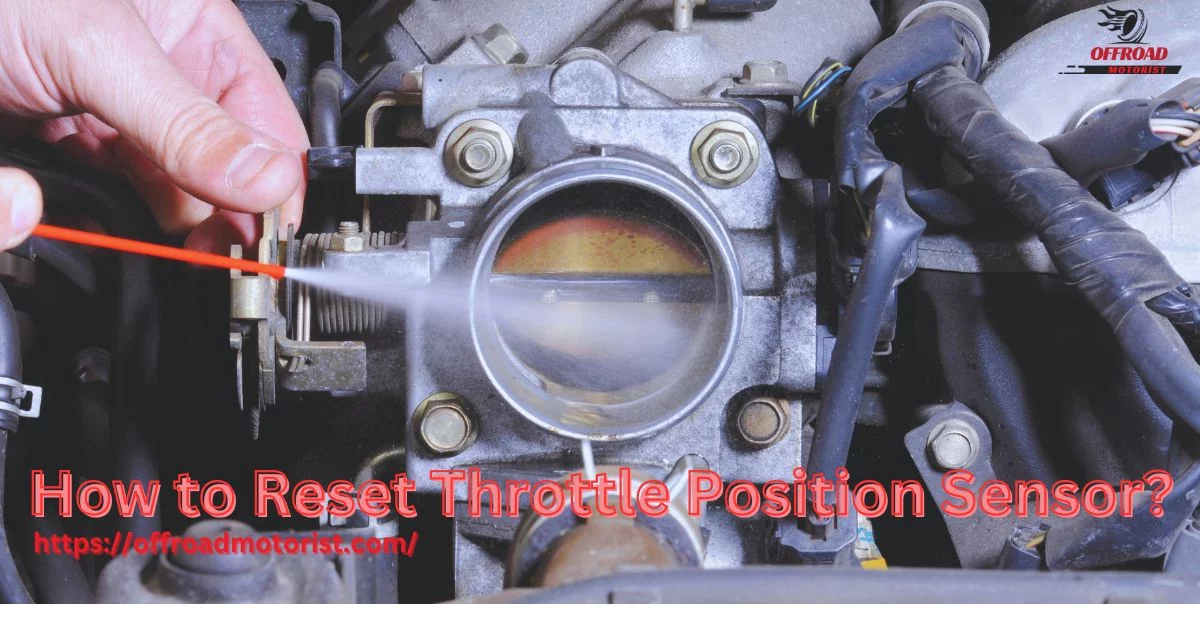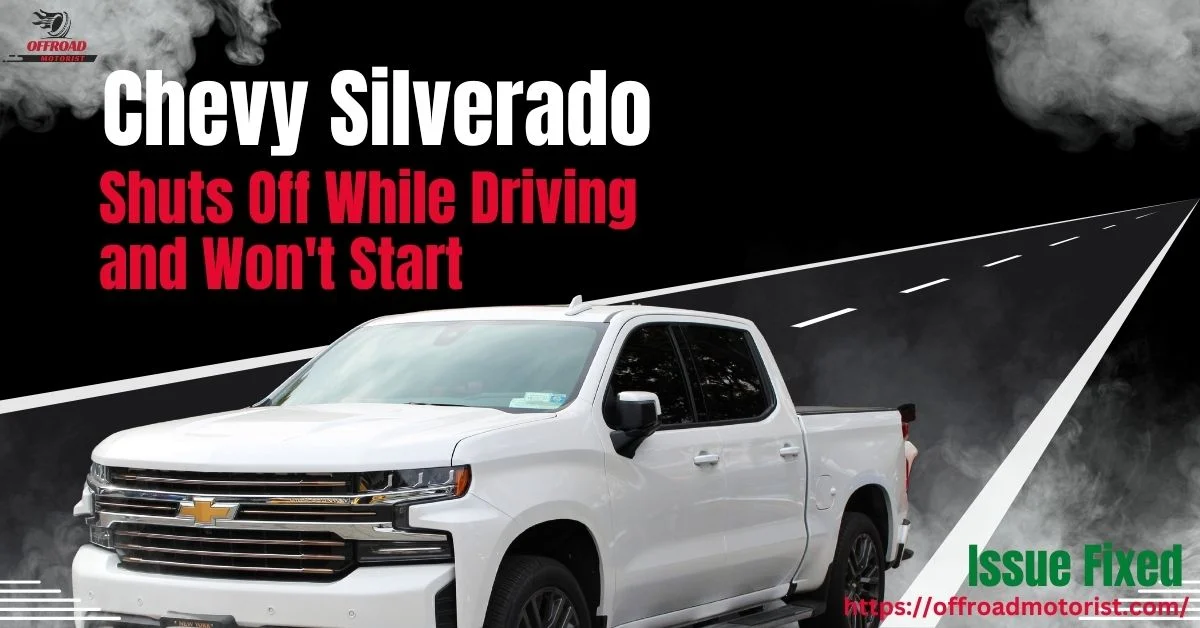Troubleshooting Guide for Chevy 350 Won’t Start has Spark and Fuel
The Chevy 350 engine is a popular engine used in many cars and trucks due to its reliable and robust performance. However, having trouble starting your Chevy 350 engine despite having both spark and fuel can be extremely frustrating.
In this article, we’ll provide you with a detailed and informative troubleshooting guide to help you diagnose and fix Chevy 350 Won’t Start has Spark and Fuel issues along with the history of the Chevy 350 Engine.
History of Chevy 350 Engine
The Chevy 350 engine is a popular V8 engine that was first introduced in 1967 and has been used in a wide variety of General Motors (GM) vehicles, including trucks, vans, and cars.
It is considered one of the most versatile engines in the GM lineup and has a reputation for being reliable, powerful, and easy to work on.
The Chevy 350 engine is a small block engine with a displacement of 5.7 liters (350 cubic inches). It is a pushrod engine with two valves per cylinder and uses a simple and reliable overhead valve design.
The engine has a bore of 4 inches and a stroke of 3.48 inches and can produce anywhere from 160 to 370 horsepower, depending on the specific configuration.
One of the reasons the Chevy 350 engine is so popular is its versatility. It can be customized and modified in a variety of ways, making it ideal for hot rodders and performance enthusiasts.
It is also a popular choice for engine swaps and can be found in a wide range of non-GM vehicles.
The Chevy 350 engine has undergone several revisions over the years, with new technologies and features being added to improve performance and efficiency.
One of the most notable of these revisions was the introduction of fuel injection in the 1980s, which replaced the carburetor and resulted in better fuel economy and smoother performance.
Overall, the Chevy 350 engine has a long and storied history and remains a popular choice for enthusiasts and everyday drivers alike. Its combination of reliability, power, and versatility make it a true classic of the American automotive industry.
Legendary Models That Rely on the Chevy 350 Engine
The Chevy 350 engine, also known as the 5.7-liter V8 engine, was a popular choice for General Motors vehicles for a long time.
It was produced from 1967 until 2003, making it one of the longest-lasting engines in automotive history. Here is a list of vehicles that featured the Chevy 350 engine:
01. Chevrolet Camaro (1967-2002): The Camaro offered the Chevy 350 engine as a popular option in various trims and configurations, such as the SS and Z28.
02. Chevrolet Corvette (1968-2002): The Chevy 350 engine was available in various iterations, including the L98 and LT1, for the high-performance Corvette.
03. Chevrolet C/K Truck (1967-1991): The Chevy 350 engine was a staple in the C/K truck lineup, available in two-wheel-drive and four-wheel-drive configurations.
04. Chevrolet Caprice (1969-1996): The Chevy 350 engine was a standard option for the Caprice, offering reliable and ample power for the full-size sedan.
05. Chevrolet Impala (1967-1996): Like the Caprice, the Chevy 350 engine was standard for the Impala, providing the necessary power for this American classic.
06. Chevrolet Monte Carlo (1970-1988): The Chevy 350 engine was a popular choice for the Monte Carlo, a personal luxury coupe available in various trims, including the SS.
07. GMC Sierra (1988-1998): The GMC Sierra was a full-size pickup truck, and the Chevy 350 engine was a common option known for its reliability and power.
08. Pontiac Firebird (1967-2002): As the sister car to the Camaro, the Firebird also shared the Chevy 350 engine options, available in various trims, including the Trans Am.
09. Pontiac Trans Am (1969-2002): The Trans Am was a high-performance version of the Firebird, and the Chevy 350 engine was a popular engine option, available in trims such as the WS6.
The Chevy 350 engine was a versatile and reliable powerplant used in muscle cars, pickup trucks, and other vehicles for decades. Car enthusiasts and mechanics praised its high performance and ample power.
Production of the Chevy 350 Engine was discontinued in 2003, but its legacy lives on through its contribution to the automotive industry.
Possible Causes for Chevy 350 Won’t Start
There are several reasons why your Chevy 350 engine won’t start, even with both spark and fuel. Some of the most common reasons are as follows:
01. Faulty Ignition System
The ignition system generates sparks to ignite the fuel in the engine. If the ignition system is faulty, the engine won’t start.
Some of the most common issues with the ignition system include worn-out spark plugs, a damaged distributor cap, a faulty rotor, or a malfunctioning ignition coil or control module.
02. Fuel System Problems
A clogged fuel filter, bad fuel pump, or fuel pressure regulator malfunction can cause the engine to not start. Check the fuel pressure and fuel delivery to make sure the fuel system is functioning correctly.
03. Battery Issues
The battery provides the electrical power needed to start the engine. If the battery is dead, or if there’s an issue with the battery cables or connections, the engine won’t start. A bad starter motor can also prevent the engine from starting.
04. Engine Mechanical Problems
Low compression, a worn-out timing chain, or a broken camshaft can prevent the engine from starting. Check the engine compression, timing, and camshaft for any issues.
Troubleshooting Guide for Chevy 350 Won’t Start
Here’s a step-by-step guide on how to troubleshoot your Chevy 350 engine if it won’t start despite having both spark and fuel.
Step 1: Check the Battery
The first step in troubleshooting a Chevy 350 engine that won’t start is to check the battery. A dead battery or a loose or corroded battery cable can prevent the engine from starting.
Use a multimeter to check the battery voltage. It should read around 12.6 volts. If the voltage is low, charge the battery or replace it. Additionally, look for any corrosion or damage on the battery cables and connections.
Step 2: Check the Fuel System
After checking the Battery, use a fuel pressure gauge to check the fuel pressure. It should read between 30 to 60 psi. If the pressure is low, replace the fuel filter or fuel pump. Check for clogs or other issues with the fuel injectors as well.
Step 3: Check the Ignition System
The ignition system is responsible for generating the spark that ignites the fuel in the engine. If there’s an issue with the ignition system, the engine won’t start.
Examine the spark plugs, distributor cap, and rotor for signs of wear or damage. Replace them if necessary. Also, check the ignition coil and ignition control module for any malfunctions.
Step 4: Check the Engine’s Mechanicals
The engine has several mechanical components that need to work together to start the engine. If there’s an issue with any of these components, the engine won’t start.
Check the engine compression using a compression tester. It should read between 100 to 200 psi. If the compression is low, check the timing chain and camshaft for any issues.
Note: If you’ve gone through the troubleshooting guide for your Chevy 350 engine and it still won’t start, it may be time to seek professional help. By finding a qualified mechanic, you can get your Chevy 350 engine up and running again.
FAQs on Chevy 350 Engine
In this session, We’ll provide some commonly asked questions and answers that will help you know more about the Chevy 350 Engine.
What is the torque of a Chevy 350 engine?
The torque of a Chevy 350 engine also varies depending on the specific model and year. Generally, stock engines produce between 235 and 380 lb-ft of torque. Aftermarket upgrades can significantly increase the torque output.
How can I increase the horsepower of my Chevy 350 engine?
There are many ways to increase the horsepower of a Chevy 350 engine, including upgrading the intake and exhaust systems, installing high-performance camshafts and cylinder heads, and adding forced induction (such as a supercharger or turbocharger).
How often does a Chevy 350 engine need an oil change?
The oil change frequency for a Chevy 350 engine depends on various factors, such as the vehicle’s usage, driving conditions, and oil type. As a general rule, it is recommended to change the oil and oil filter every 3,000 miles or three months, whichever comes first.
What type of oil should I use in my Chevy 350 engine?
The type of oil you should use in your Chevy 350 engine depends on various factors, such as the engine’s age, condition, and usage. As a general rule, it is recommended to use high-quality, multi-grade motor oil with a viscosity rating of 10W-30 or 5W-30.
How long does a Chevy 350 engine last?
The lifespan of a Chevy 350 engine depends on various factors, such as the vehicle’s usage, maintenance, and driving conditions. With proper care and maintenance, a Chevy 350 engine can last for 200,000 miles or more.
How do I check the engine compression on my Chevy 350 engine?
You can check the engine compression using a compression tester. Remove the spark plugs and connect the compression tester to the spark plug hole. Crank the engine for a few seconds and note the compression reading. The compression should read between 100 to 200 psi. If the compression is low, check the timing chain and camshaft for any issues.
Final Thoughts
With proper care and maintenance, a Chevy 350 engine can last for 200,000 miles or more. By following the steps outlined in this guide, you’ll be able to diagnose and fix start-up issues quickly and efficiently.
However, if you still can’t get your engine to start, it’s best to consult a professional mechanic for further assistance. Thank you for reading our post.





![Chevy Transfer Case Interchange Chart [Everything you need to Know] chevy transfer case interchange chart](https://offroadmotorist.com/wp-content/uploads/2023/03/chevy-transfer-case-interchange-chart-150x150.jpg)
![Oil Pressure Low Stop Engine Chevy Silverado [Causes and Solutions] Oil Pressure Low Stop Engine Chevy Silverado](https://offroadmotorist.com/wp-content/uploads/2023/03/oil-pressure-low-stop-engine-chevy-silverado-150x150.jpg)





